
When MGM Resorts International unveiled its flashy proto-proposal for the CNE yesterday, the company’s officials were eager to talk about the 10,000 new jobs the $3- to $4-billion project would create, as well as the cavernous underground parking lot, hotel, shopping complex, performance venues, five-star restos, and a new location for our scruffy old Midway. All of it (plus a casino) wedged onto the Exhibition grounds, with transit access thrown in as a pot sweetener.
What they didn’t mention, however, was that MGM — founded by billionaire Kirk Kerkorian — has been down this road before, albeit on a grander scale, with the firm’s gigantic and legally troubled mega-complex known as CityCenter Las Vegas, considered to be the largest development project in U.S. history.
Conceived in 2005 by MGM CEO Jim Murren, City Center would be a 66-acre, $5 billion complex of sleek hotels, casinos, luxury condo, shopping malls, and entertainment venues wrapped up in top-drawer architecture, internal pedestrian malls and pricy public art.
“By Vegas standards, Murren’s vision for the scheme was outlandishly novel,” wrote The Telegraph’s Mick Brown in a 2011 profile of Sin City. “Eschewing the fantastical and the garish, he envisioned a pedestrianised ‘urban centre…’”
Instead, City Center has become a millstone around MGM’s neck. By the time it opened in 2009, the City Center’s price-tag had ballooned to $8.5 billion. By that point, moreover, Las Vegas was in the midst of an existential crisis, with casinos closing, hotel rooms languishing empty and many of the big casino players dangerously over-leveraged with debt taken on to finance mega-projects in Macau.
MGM’s stock plunged, and some of the key investors in City Center, such as Dubai World, a state investment fund, saw the value of their MGM stock fall precipitously. According to a Nov. 21, 2012, report by Reuters, Dubai World bought its MGM holdings for over $83 per share and dumped them for less than $10.
According to the Telegraph’s account (linked above), the project almost pushed MGM into Chapter 11. “Legal and financial advisors counselled Murren to, as he put it, ‘cut off the arm to save the patient’. Instead, he set about persuading MGM’s sundry banks to save the project. ‘A lot said no,’ he recalled. ‘In the end the vote came in at 50.43 per cent saying yes. Had any one of those banks said no, we would have filed for bankruptcy.’”
But City Center’s problems didn’t end with its financing crisis. Construction was halted mid-way through a proposed 46-storey Sir Norman Foster hotel, known as The Harmon, after inspectors found major structural flaws, prompting a legal battle between MGM and its builders. Associated Press reported on February 7 that MGM has asked a Nevada court to accelerate rulings over whether to demolish the structure and which party should shoulder the $500 million damage claim. The Las Vegas Sun reported last December that the lawsuit would be in court until next year.
Early this year, the Las Vegas Weekly’s Brock Radke described the City Center project as “misguided” and quoted Murren saying that MGM might begin selling off individual pieces and de-emphasizing the City Center brand. “Three years in,” according to the article, “the company seems ready to abandon it.”
In his 2011 profile, The Telegraph’s Mick Brown noted that “[f]or Murren, City Center remains a vision of Vegas’s future, and a further confirmation of its position as a tourist, as opposed to a gambling destination. In keeping with a general trend in Las Vegas, nowadays more than half of MGM’s revenue comes from non–gaming – the shows, the restaurants, the nightclubs.”
Has MGM’s grand plan worked? The company’s attempt to sell a smaller scale complex in the core of Dublin didn’t take. The stock price has languished since mid-2007. And MGM is still very much in the red.
In mid-February, in fact, the company reported its results for the fourth quarter of 2012: a staggering $1.22 billion loss, on top of $540 million in accumulated losses for the first three quarters. As the Wall Street Journal reported last month, “MGM has struggled to turn a profit amid charges related to its debt-reduction efforts and asset write-downs and other items.”
All of which raises the question: why would City Council and the Ontario Lottery and Gaming Corp. place a bet on a company with these sorts of problems?
photos by MGM (top), Joanne Wan (middle), Joel Exoth (middle), Kent Kanouse (bottom)

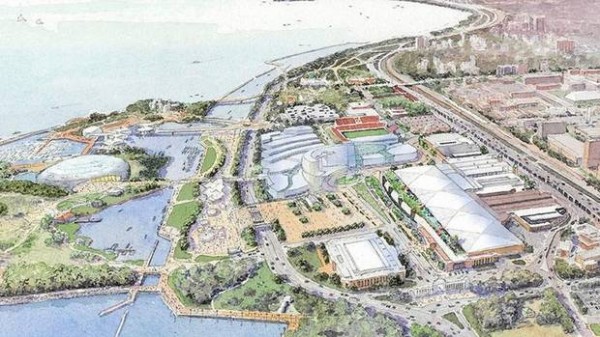
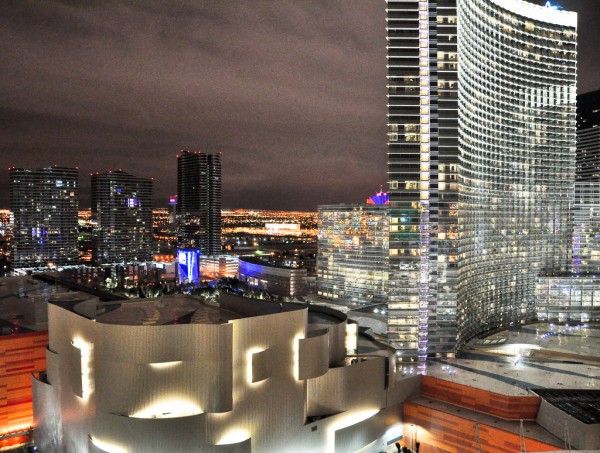
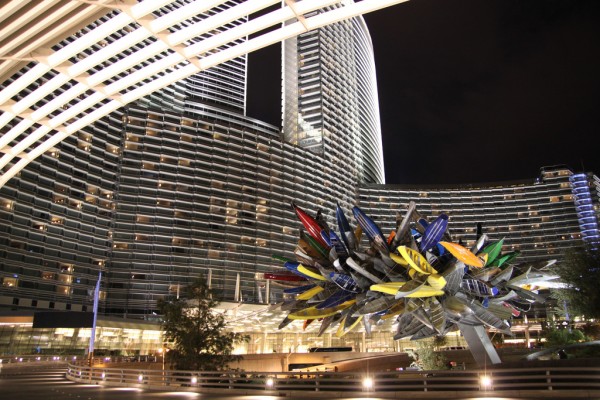
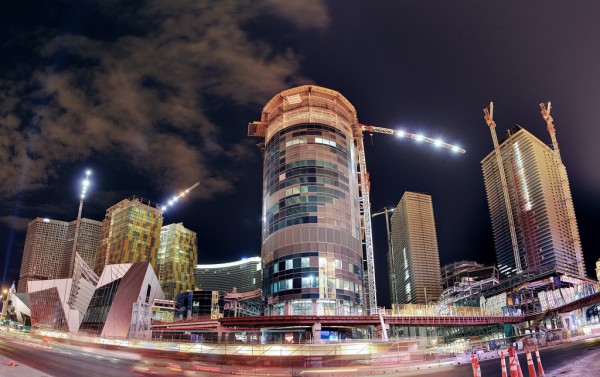

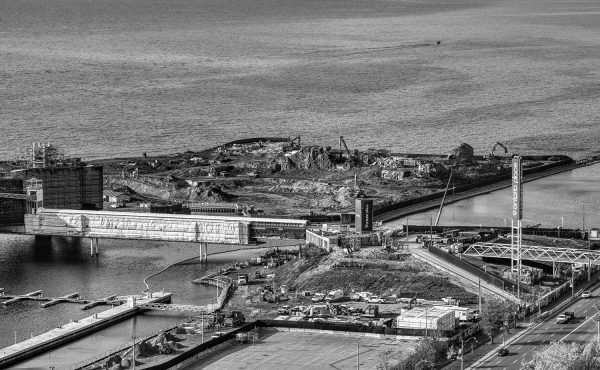

4 comments
All MGM’s pitch needs now is a monorail and a giant ferris wheel!
And whatever happened to chef Mark McEwan’s role in the MGM scheme? He was touted earlier this year as a sign-on to the plan to kill the Ex. Now he’s nowhere in sight.
If you think a deal is too good to be true, trust that feeling. All of the secrecy, the non-commitment to how much money Toronto will get. Why has no one done the math on what would be a reasonable return for a public company planning to spend billions? The answer, of course, is that they expect to profit to the tune of hundreds of million a year, with just a small kick back to the community that will deal with all the headaches. The house always wins …
@Paul with changes to the CNE midway, this plan could very well include a ferris wheel
Why the interest in MGM’s balance sheet? I would rather they gamble with their money than ours.